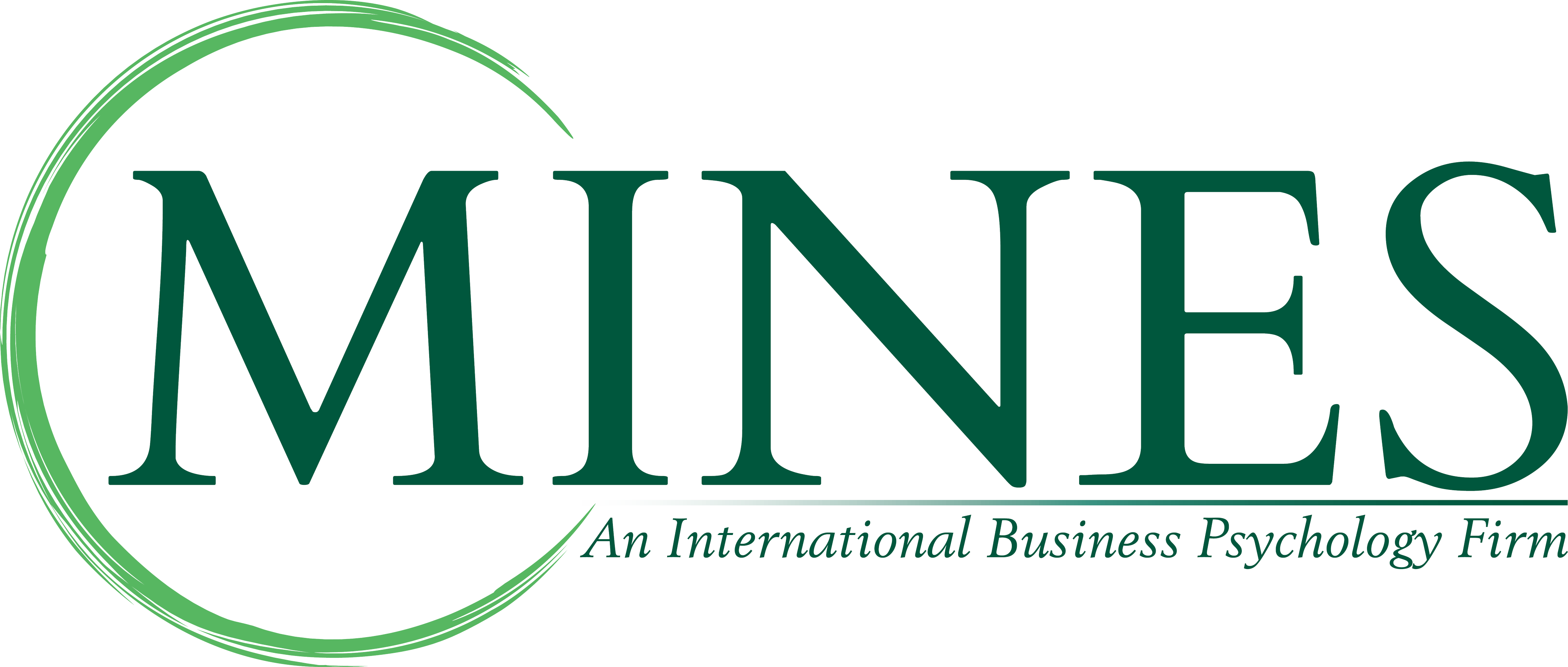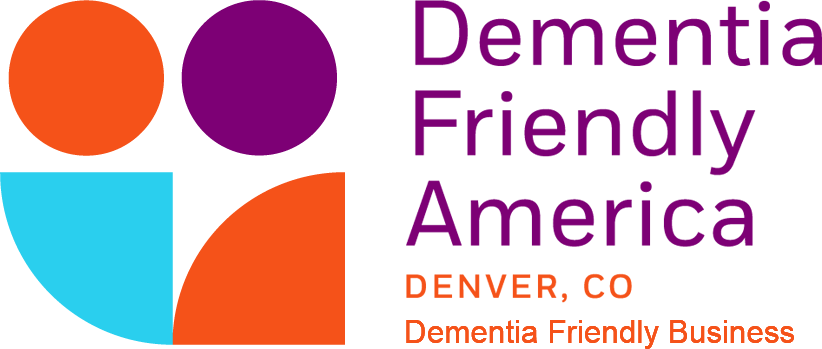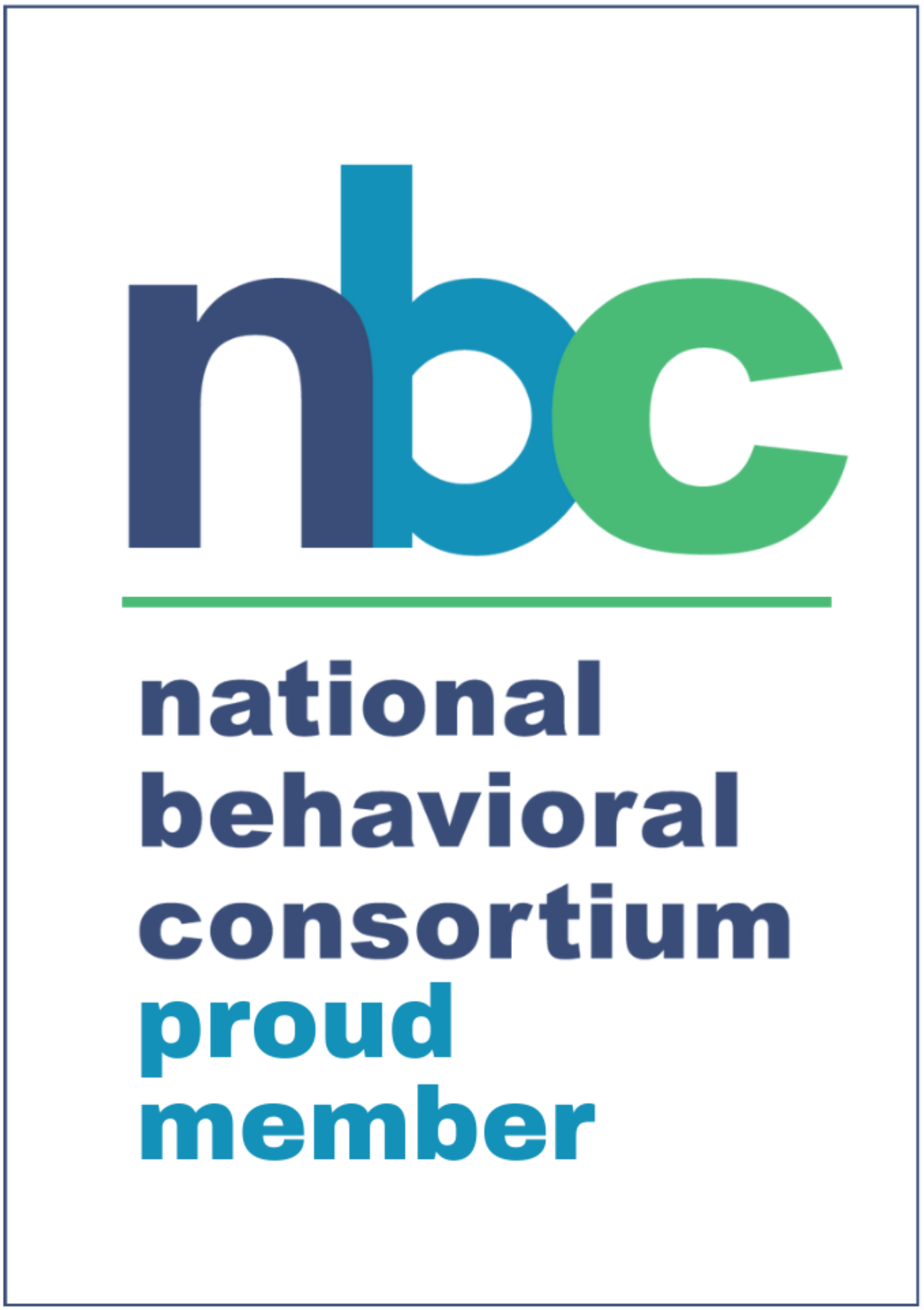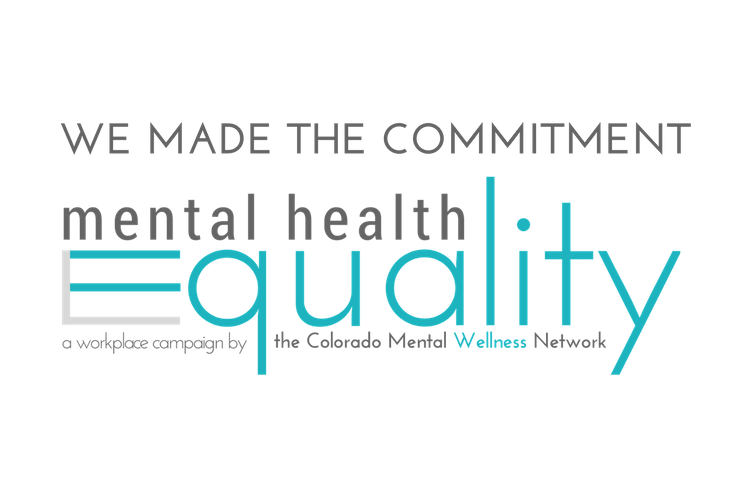Our BizPsych blog posts for 2014 will feature examples of projects we have facilitated, or are facilitating, to enhance organizational functioning. Our hope for these blogs is that the issues we present may resonate with you in some way and our interventions may give you some ideas about how to enhance your own organization’s wellbeing. In this first blog, we present a model we have utilized in several situations in which small teams were struggling to work collaboratively: Productivity was negatively impacted, trust was compromised, and over all morale was declining.
We have been refining this approach over several years and entitle it “The Currency of Collaboration.” Interestingly, this approach is equally as effective with teams where collaboration hasn’t broken down and there is a desire to enhance it. We have also presented this as a training.
“The Currency of Collaboration” actively invites us to look at the choices we make that objectify others and lead us to work around them as obstacles, instead of clarifying our perceptions so that we are able to collaborate fully. The challenge in this approach is that in order for it to be successful, participants need to engage in self-awareness and accountability. In this blog, we will describe how we have managed this in our work with small teams.
General Description: The team consists of 3-8 members. Several members have worked together over a period of many years. During that time there have been personal disappointments, relationship fallout, accusations of work ethic variance, and lack of competence, integrity, and mistakes. Managers are typically involved in the group. Issues of seniority and power have aggravated the breakdowns. Performance has suffered and the group appeared to be at a breaking point.
Assessment: In most cases we have been able to start with an individual assessment of each member of the group. This allows each member to be heard in a confidential setting. This provides valuable insight into what’s at hand and what’s at stake. It also creates the opportunity for building trust with the facilitators and buy-in for the process. At the very least, the interview process helps us customize the materials and the process in order to fit the specific needs of the group. In the cases we were not able to have formal assessment interviews, we at least had some pre-meetings with the group to explain the process, answer questions, and begin some dialogue.
Currency of Collaboration Process: We have facilitated this process in a half-day to full-day session. We begin with introductions aimed at helping individuals see one another as “whole persons.” We introduce fun, interactive exercises that are light-hearted and help put people at ease. It is important to set the objectives for the session clearly and solicit input about the value. We invite accountability from each person, encourage active engagement in the process, and request self-observation as an essential criterion for success. The upshot of this process is to engage the members in truly seeing the ways we tend to depersonalize one another because of disappointments, unmet expectations, filters we carry, choices to withhold help, and direct confrontation. We end up with distorted perceptions of situations and each other and end up working around one another rather than truly supporting one another’s success. A primary accomplishment is to help individuals see how they do this and then provide specific strategies to move them to choices of collaboration. There are specifically designed exercises for members to work through the model in pairs in order to resolve issues of their choosing.
Results: In some cases, the results were transformative. People, who were truly stuck in relationships characterized by unresolved conflicts, were able to shift. Barriers that had been created due to objectifying and depersonalizing one another started to come down. People were able to start talking to each other, rather than avoiding or distancing. Individuals were able to acknowledge their role and contributions to the breakdowns. They started using a common language to refer to behaviors that lead to collusion, as well as those that helped improve their relationship. They started making intentional choices and engage in behaviors that fostered a collaborative work environment.
In all cases, the experience of going through this process created a shift in the team. They still had challenging issues to resolve and they were now able to approach them in a more skillful manner. Their ability to engage in perspective-taking improved, and as a result, they were better able to see one another as colleagues with shared common interests.
Questions to consider:
- Has this happened in a work environment you’ve participated in?
- What was done to successfully resolve these issues?
- If it were to happen to you, what tools do you have at your disposal to counter the barriers either proactively, or after they have begun to affect the working environment?
Patrick Hiester, MA, LPC







Leave A Comment